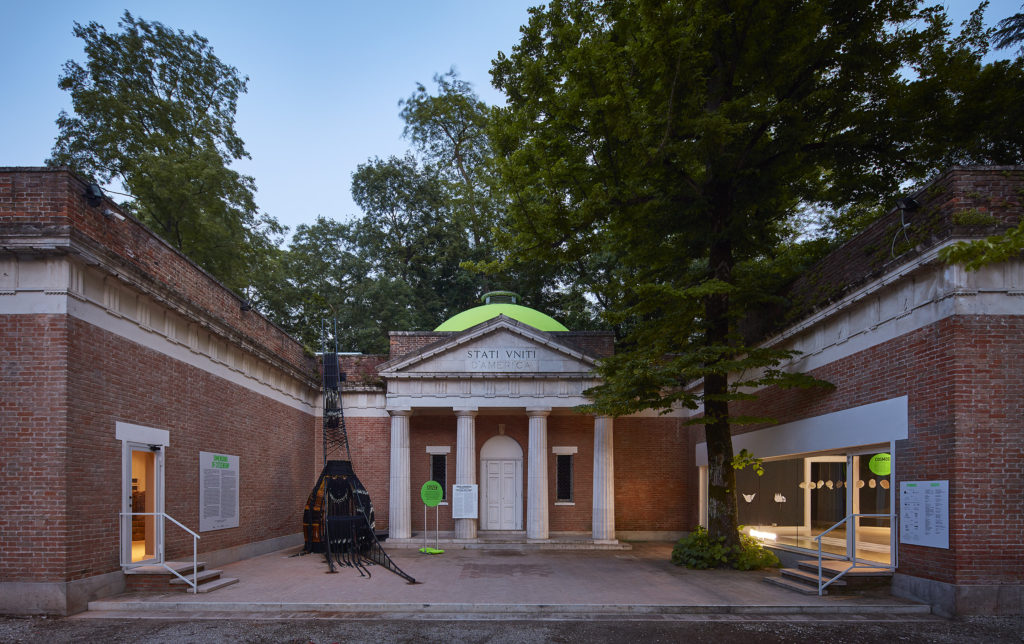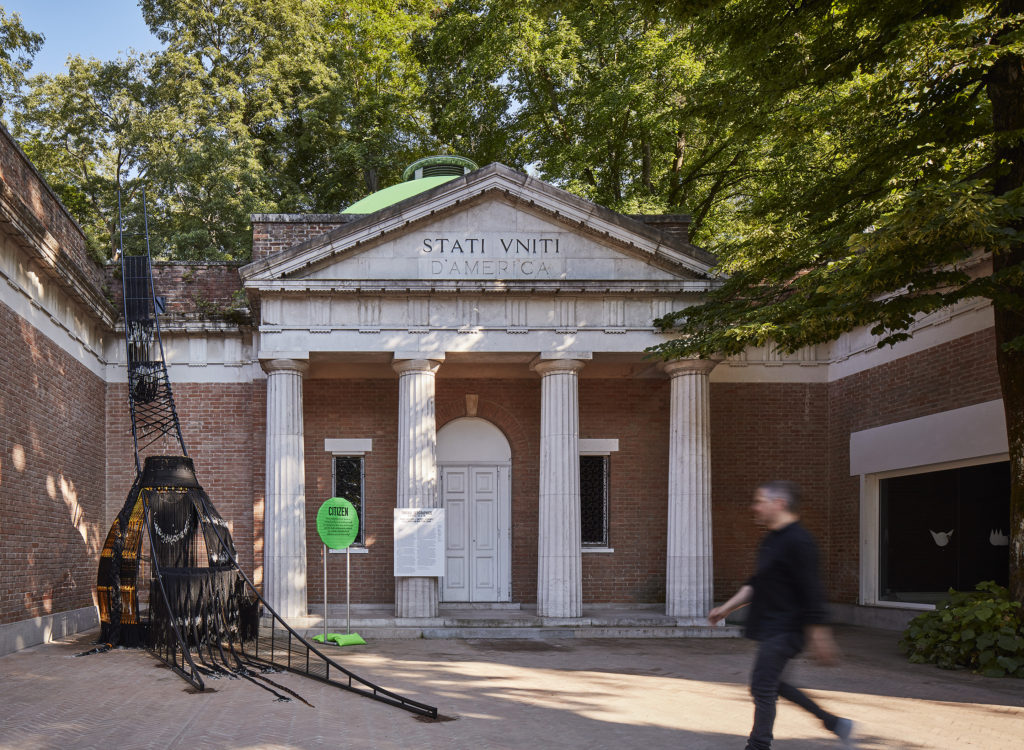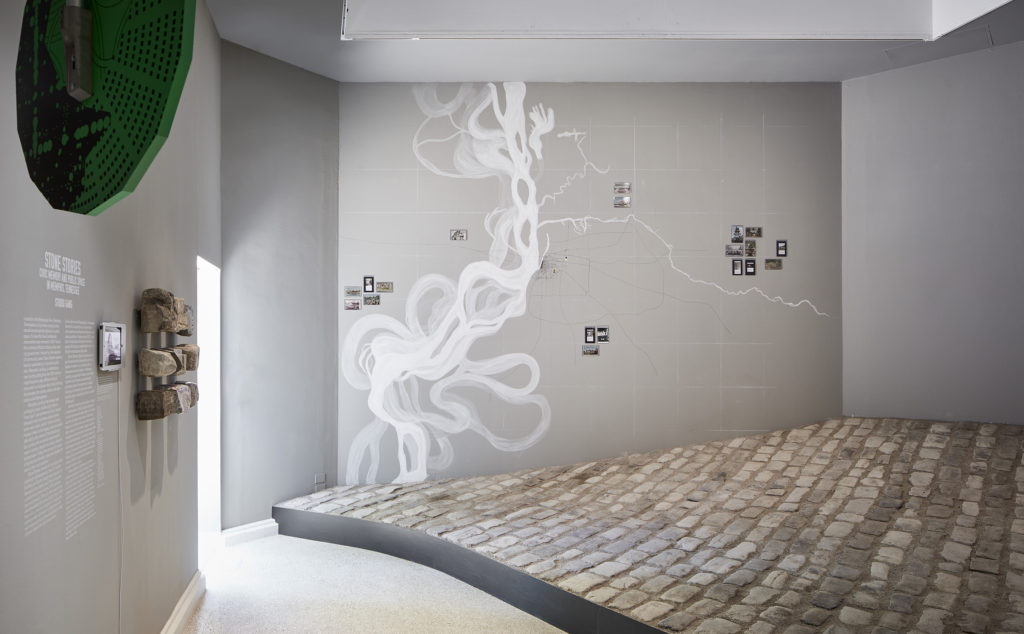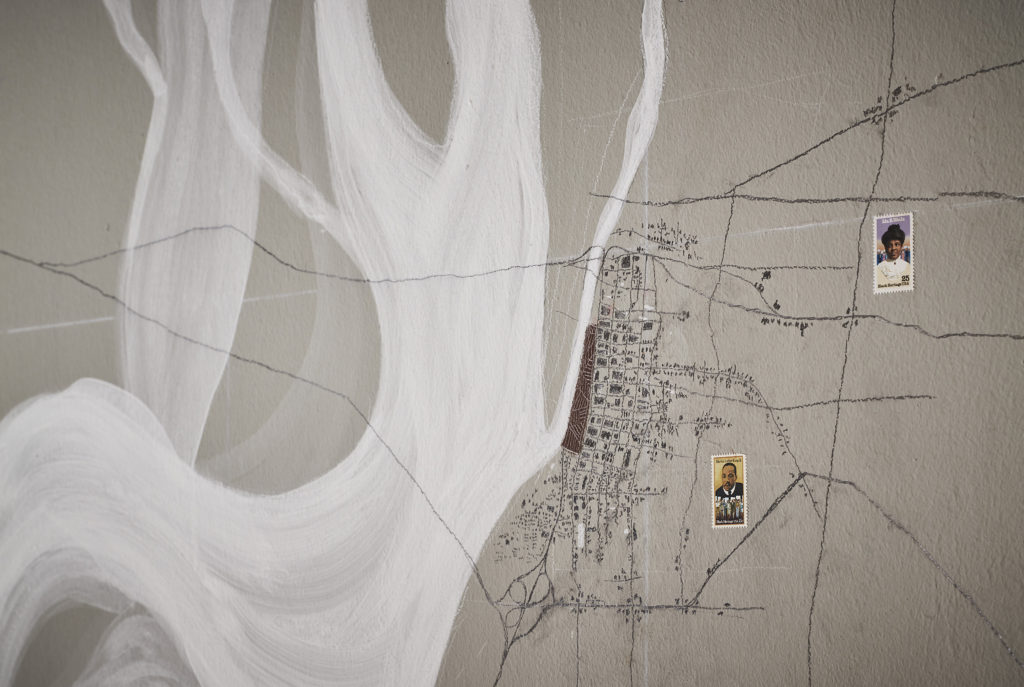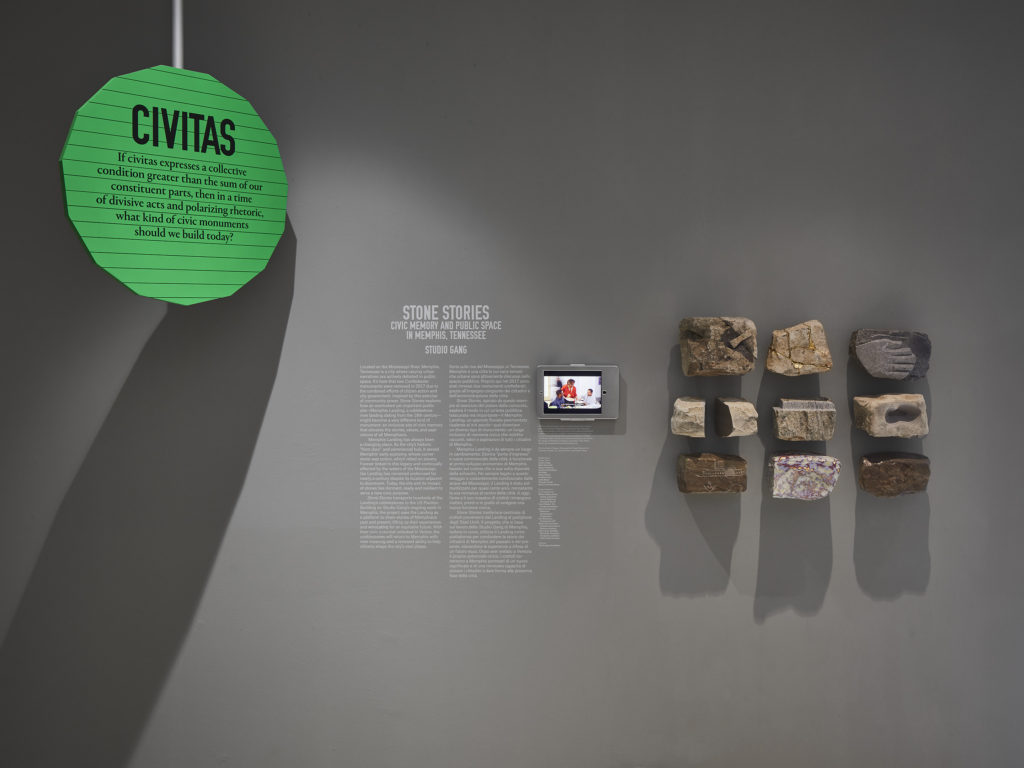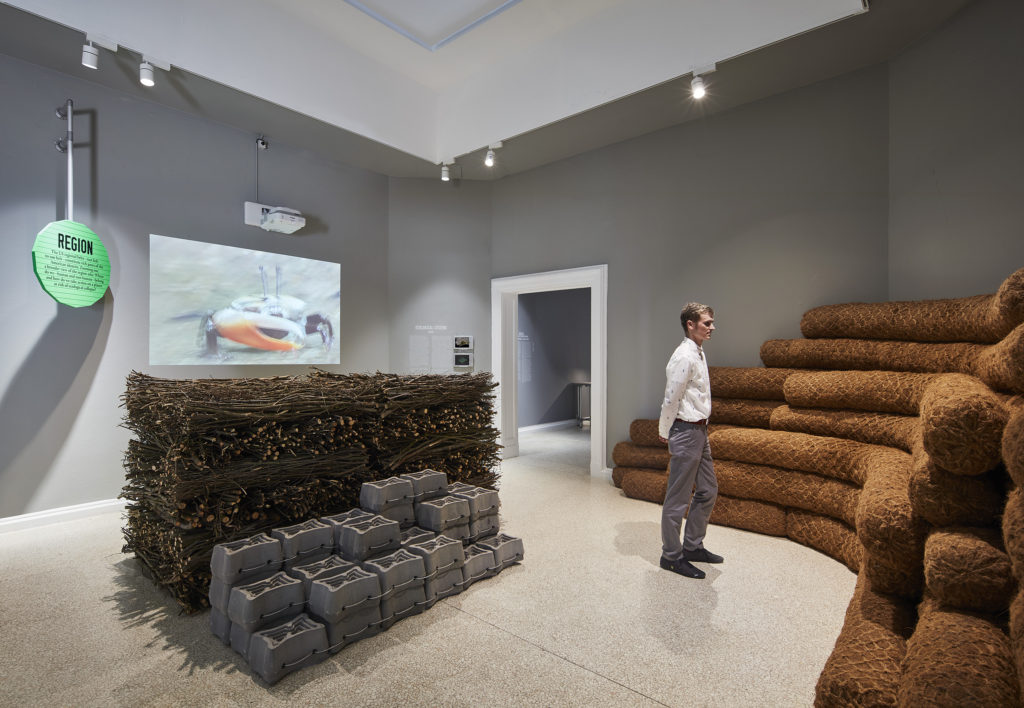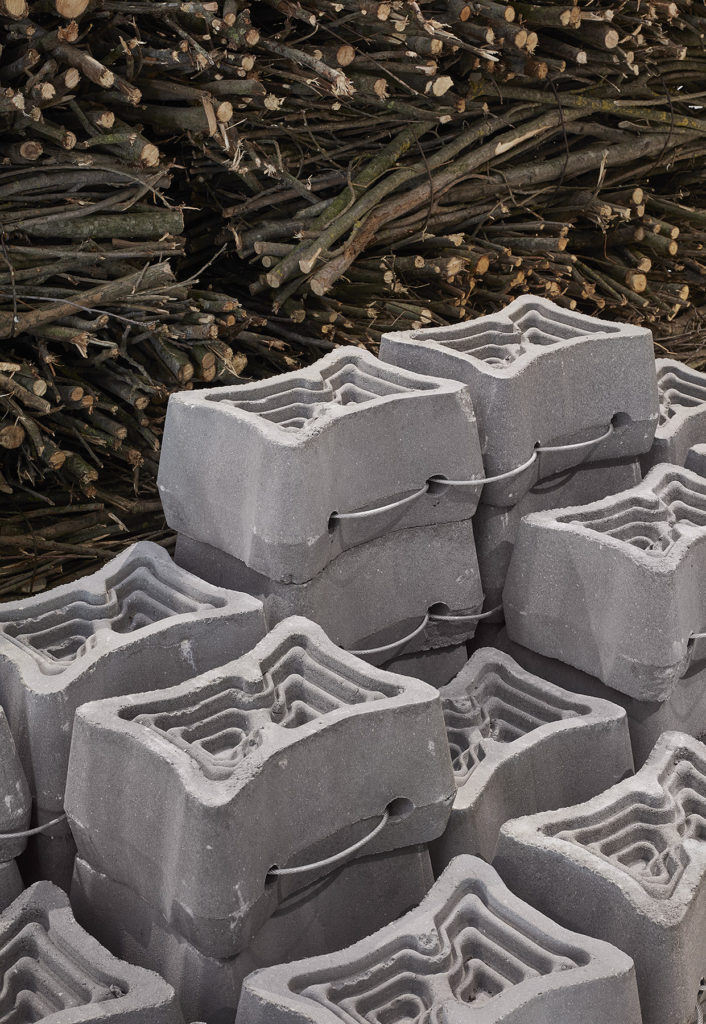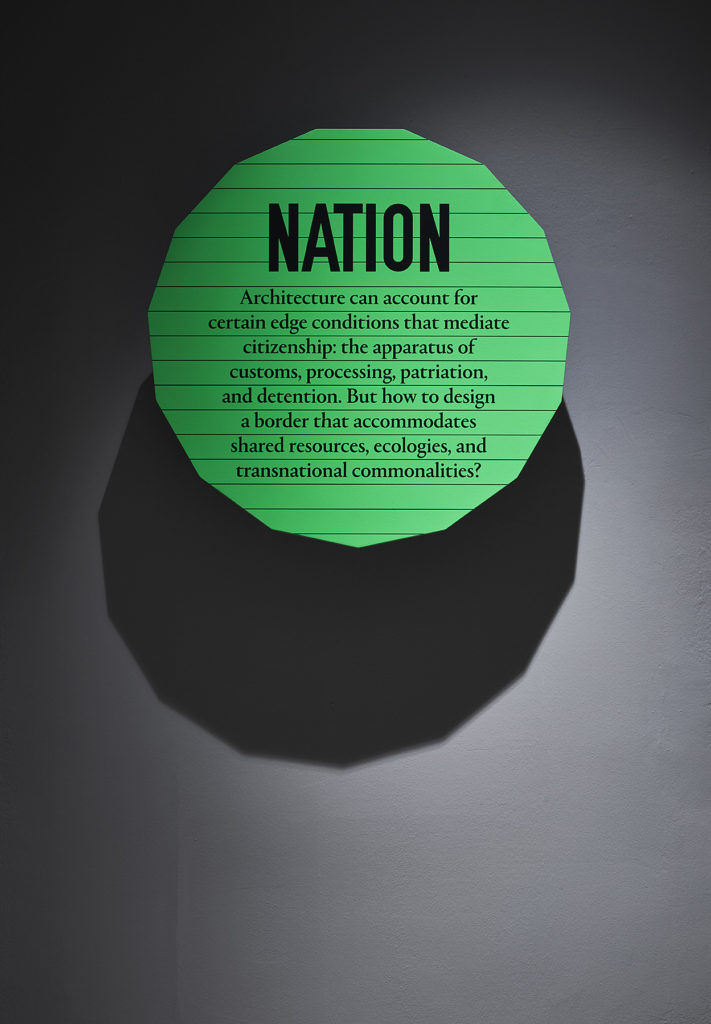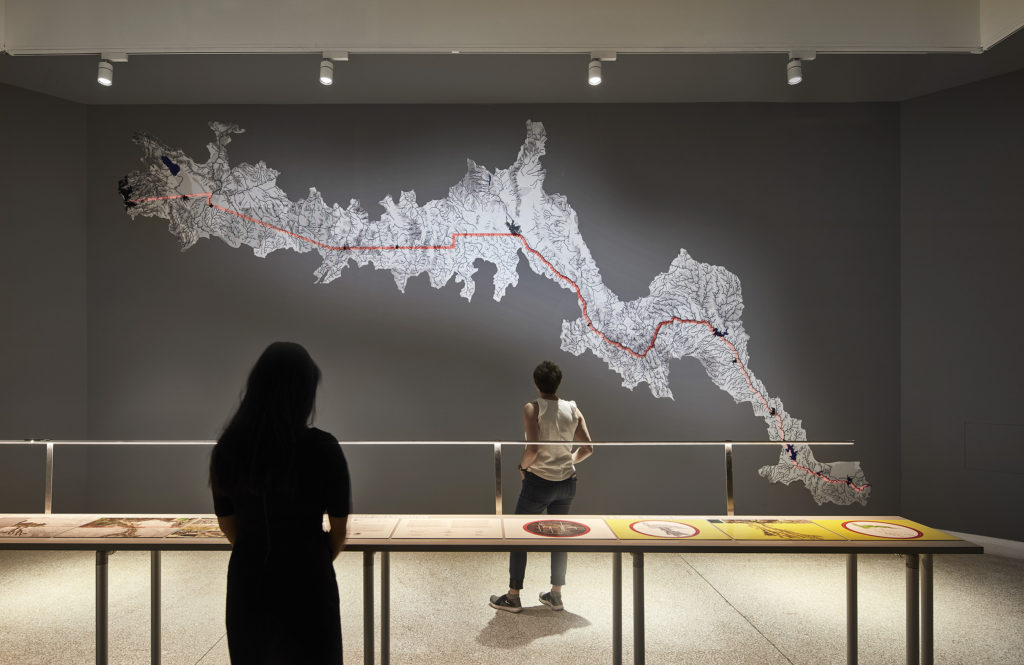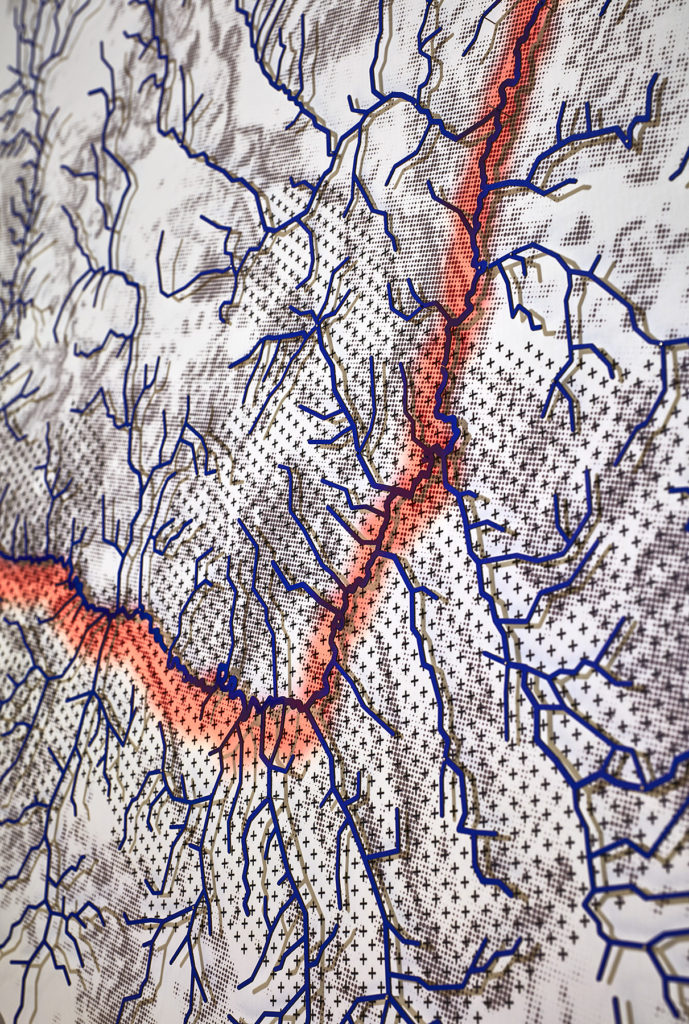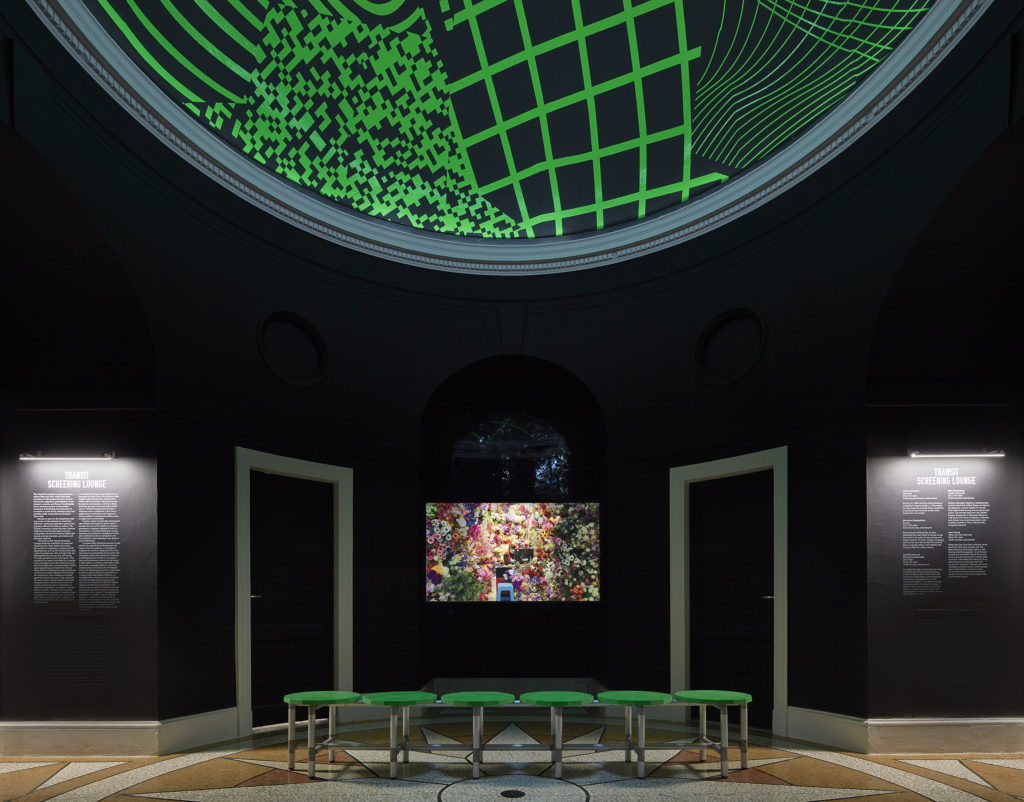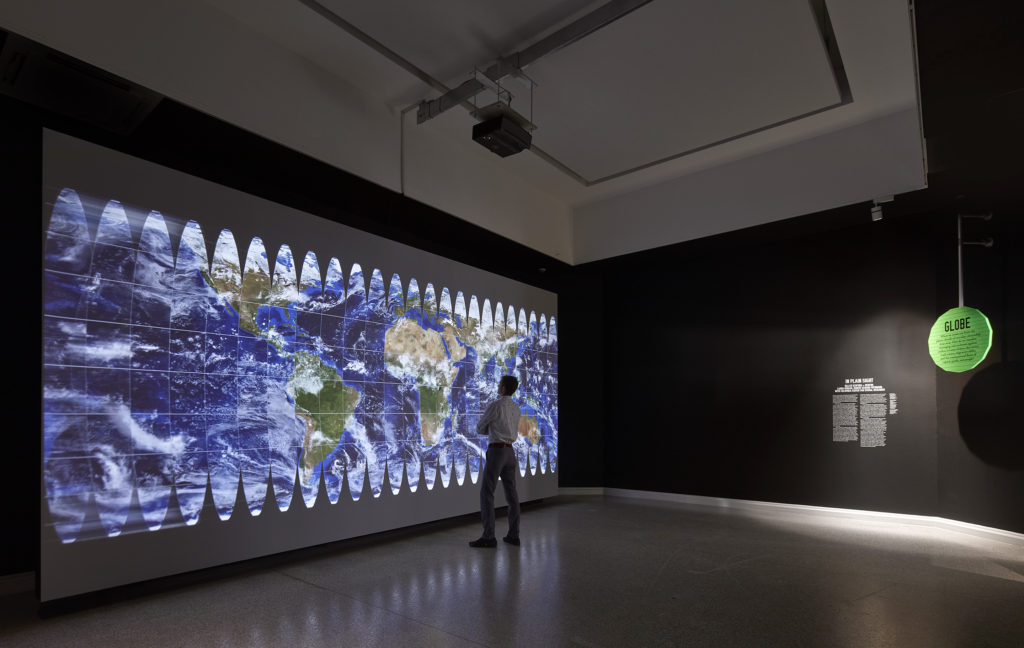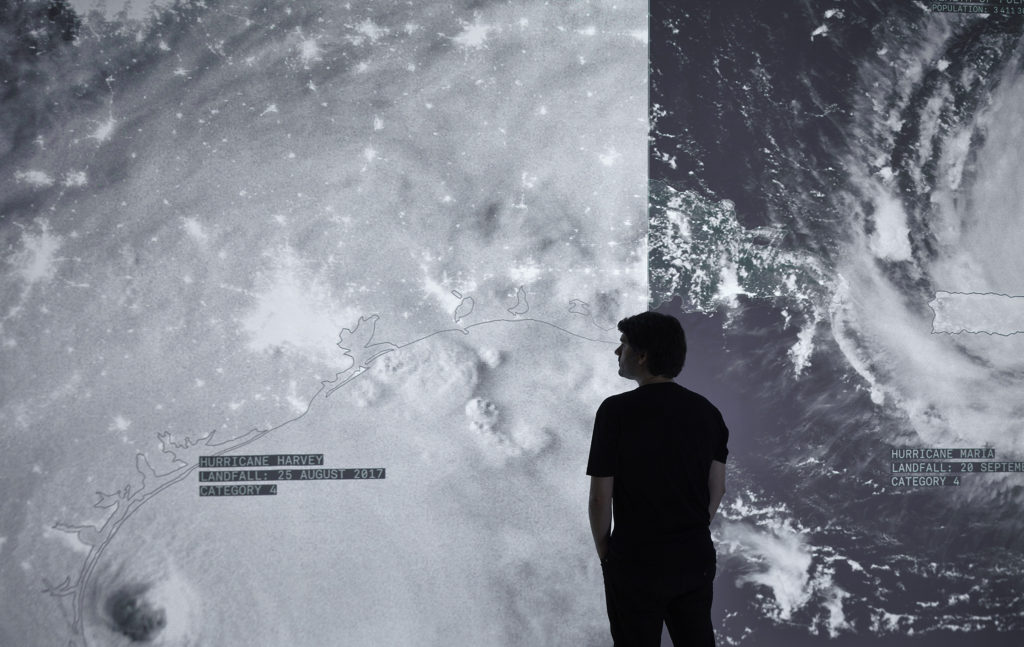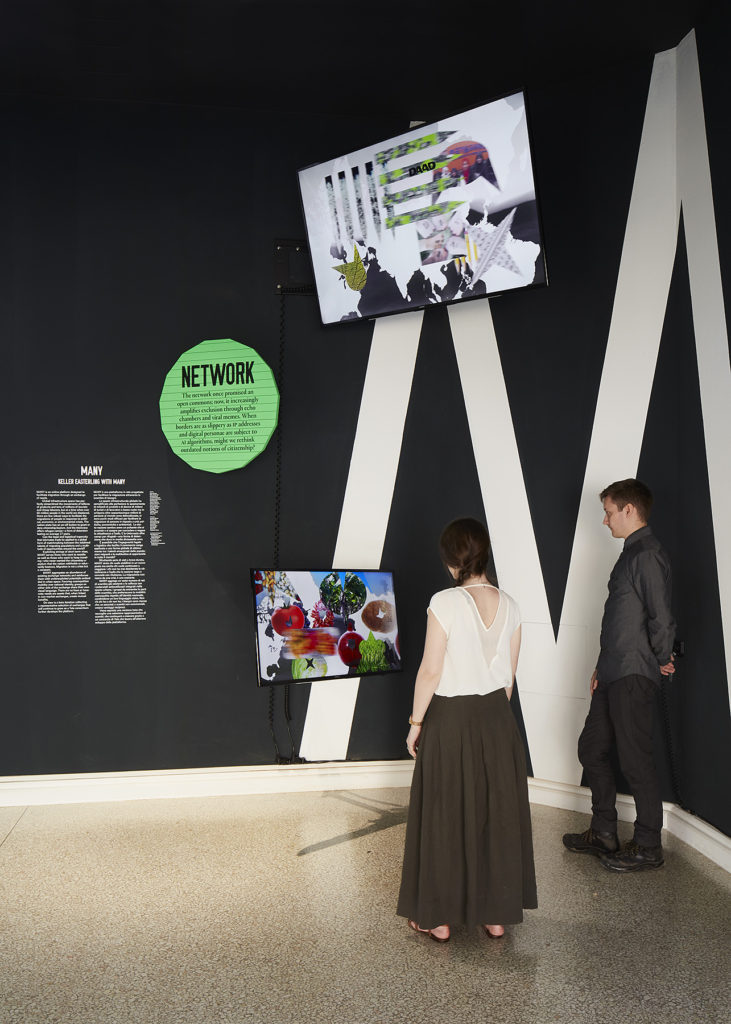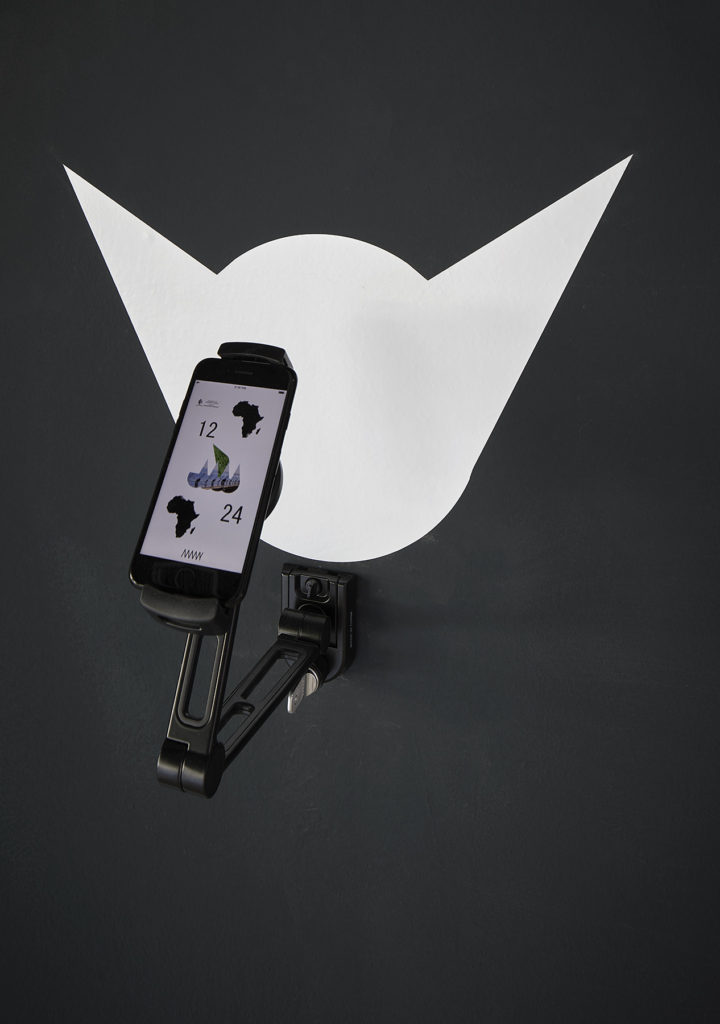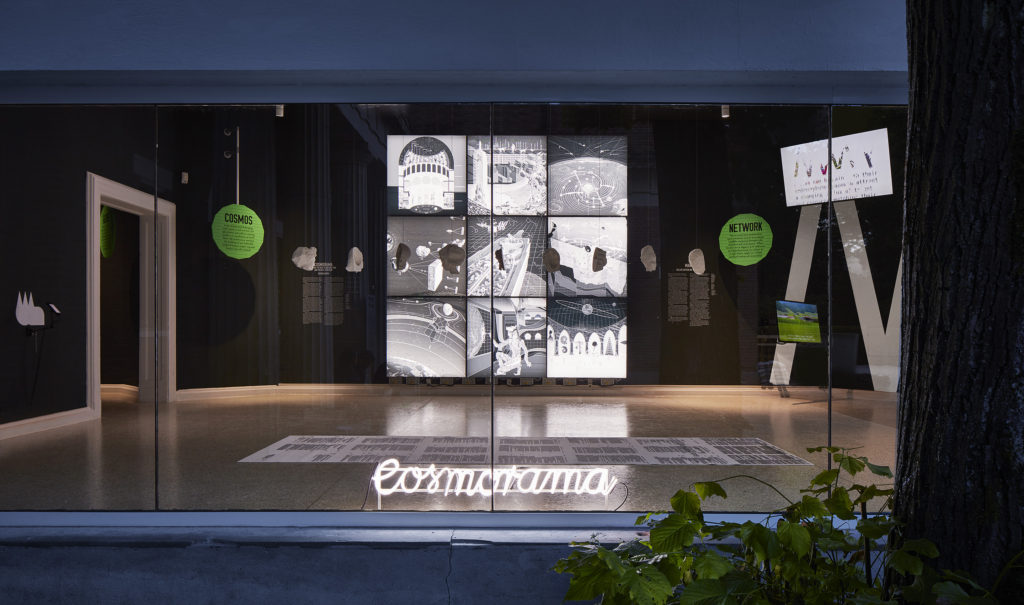If there was any lingering doubt that Brutalism — the architectural style derided for everything the name implies — was back in fashion, the “Atlas of Brutalist Architecture” quashes it with a monumental thump. At 560 pages representing some 878 works of architecture in over 100 countries, the outsize volume is part reference tool, part coffee table book, and certainly part of an ongoing design trend favoring big, big books.
Art institutions often crow about their roles as bastions of progressive thought — places robust enough to tackle tough cultural questions in the gallery. Yet the 2018 firings of several prominent curators and directors exposed the precarity of women who speak out and through their exhibitions and programs, provoke conversations about race, gender, privilege, and power. As we move into 2019, it seems more important than ever to interrogate the dubious narrative of the museum as a safe space, but also to hold out hope that it can be a place of resistance. Read More …
Guiding the transition of San Francisco’s Presidio from military base to national park may be the standout accomplishment of the landscape architect and parks administrator William Penn Mott Jr., who assumed the helm of the U.S. National Park Service in 1985, but it’s a little “monster” from early in Mott’s career that has received renewed attention.
In 1952, when Mott was parks superintendent for the city of Oakland, he commissioned the artist Robert “Bob” Winston to create a unique play structure on the sandy banks of Lake Merritt. Sculptural and organic, the chartreuse green piece was known as the Mid-Century Monster. It was one of the first designs in the United States to depart from conventional swings or slides and celebrate imaginative play, and from its opening, children climbed on and hid inside the Monster’s many haunches and niches. Read More …
Artist Janna Ireland is on a hunt across Southern California for Paul R. Williams. For nearly two years, she’s searched out buildings to photograph — mansions and housing projects, churches and banks designed by the Angeleno architect who died in 1980.
Ireland has her work cut out for her. Williams was prolific for decades. From 1923, when he became the first black member of the American Institute of Architects, until retiring in 1973, he produced a broad body of work that spanned different styles from Mission Revival to Midcentury Modern. He built homes for Hollywood elite such as Frank Sinatra, and the First African Methodist Episcopal Church in West Adam, where he was a member of the congregation.
US Pavilion, Venice Architecture Biennale: May 26–November 25, 2018
Wrightwood, Chicago: February 28–April 27, 2019
Curators: Niall Atkinson, Ann Lui, Mimi Zeiger, and Iker Gil
Commissioners: University of Chicago and School of the Art Institute Chicago
Participants: Amanda Williams + Andres L. Hernandez in collaboration with Shani Crowe, Studio Gang, SCAPE, Estudio Teddy Cruz + Fonna Forman, Diller Scofidio + Renfro, Laura Kurgan, Robert Gerard Pietrusko, with the Columbia Center for Spatial Research, Keller Easterling with MANY, and Design Earth
Films: Frances Bodomo, Mandana Moghaddam, David Rueter and Marissa Lee Benedict, Mika Rottenberg, and Liam Young
Exhibition and graphic design: INFO_CO
Photos: Tom Harris Read More …
On a Sunday afternoon this past fall, a small group gathered in Marcus Garvey Park in Harlem, one of the oldest parks in Manhattan. Architects and artists, curators and academics, neighborhood residents and stage moms—all had come for a performance of Marching On, a collaboration between architectural designers and scholars Bryony Roberts and Mabel O. Wilson, and the Marching Cobras of New York, a Harlem-based after-school drum line and dance team.
With a start, the sound of drumbeats cut through the autumn air. Dancers dressed in white and musicians in military-type fatigues filed into the square, their camouflage capes flapping with each high-energy move. For the next few minutes, the audience was united by the beat and transfixed by the performers’ shifting formations. Just as quickly, it was over. After a couple rounds of cheers, the team marched off and the audience dispersed. Read More …
Sometimes the ending is the beginning. Curation, as with criticism, hinges between the labor of production and turning that work to face the public. As such, the opening of an exhibition represents an end point for the curatorial team and the start of an audience’s engagement with the ideas, materials, and experiences on view. Which is why, when reflecting on representation and a broad interpretation of the term to convey both the mechanical processes of display and the making seen and heard the bodies and voices structurally left out of the discourse, it makes sense to begin at the inauguration of the U.S. Pavilion at the 2018 Venice Architecture Biennale.
When Robert L. McKay, the architect best known for designing and founding the first Taco Bell, died in early October, news of his passing spread nationwide on the AP Wire. The Los Angeles Times ran an obituary, as did Fox Business and news outlets in Kansas and Nebraska – places that were unlikely to have flocked en masse to hard shell tacos before McKay opened his doors in 1962.
In 2015, McKay’s original building was moved from the Los Angeles suburb of Downey to Taco Bell’s corporate headquarters in Irvine, California. Images from that migration reveal his early vision for a hacienda-type fast-food eatery: mission-style arches across the facade, red Spanish tile roof. Riding down the freeway – doublewide on the back of a flatbed truck – the lowly taco stand merged dogged American entrepreneurism and classic Mexican design. Taco Bell is not on the curatorial checklist of Found in Translation, an exhibition on view until January 2018 at the Los Angeles County Museum of Art (LACMA) about the design influences between LA and Mexico, but it could be. Or, given how a fast-food restaurant best known for stoner Meximelt binges and questionable slogans – “Make a run for the border” – transmitted Mexican design imagery across the country, it should be. Read More …
Four decades after the publication of the first issue of WET: The Magazine of Gourmet Bathing, the premise seems almost impossible. Los Angeles is bone dry. Five years into a drought, the very thought of water, steam, mud, sprinklers, or pools is decadent. El Niño, a fever dream for Californians—a lover who teases, but never delivers. And, at a time when the Internet is an endless well of sexual imagery and oversharing, it’s hard to fathom the idea that nakedness could be liberating, avant-garde, absurd, or playful—all guiding tenets of WET. This ethos is exactly why the magazine, founded by writer, editor, and artist Leonard Koren in 1976, is still relevant. Wetness undermines assumptions and upsets conventional understandings; bathing suggests that, even in a media-saturated environment, intimacy is possible, in both private and public spheres. Read More …
Bastions of culture and keepers of knowledge can often be imperious, even aloof. But the regime change in the U.S. has galvanized them to pursue quick action.
In June 2015, at the start of an almost halcyon summer compared with our last, President Barack Obama described the slow pace of democratic change to comedian Marc Maron. “Sometimes the task of the government is to make incremental improvements or try to steer the ocean liner two degrees north or south so that ten years from now, we’re in a very different place than we were,” he said, suggesting that a 50-degree turn was unmanageable. Fast-forward through a vicious election season, an unnerving inauguration, and a hot rash of executive orders, and it feels like not only has the ocean liner turned 50 degrees, it’s capsized.
While individuals can take to the streets, the phone, or social networks to voice their political views on a furious host of contemporary issues, cultural institutions are like ocean liners, stately and slow to turn. (Some are careful not to upset their donors or nonprofit status by taking a stance.) Increasingly, though, museums, journals, and universities—as agents of curators, editors, and faculty—have quickened their pace. Rather than pledging allegiance to the new administration (ahem, AIA), these organizations are making super-relevant programming that sheds light on the complexity of worldwide political, social, and economic issues.
Columbia University’s Graduate School of Architecture, Planning and Preservation (GSAPP) produced perhaps the most rapid response with a conversation series, “The First 100 Days,” which kicked off on January 20 with a live stream of the presidential inauguration. Day 27: architecture and grassroots organizing. Day 64: reflections on the Department of Housing and Urban Development.
